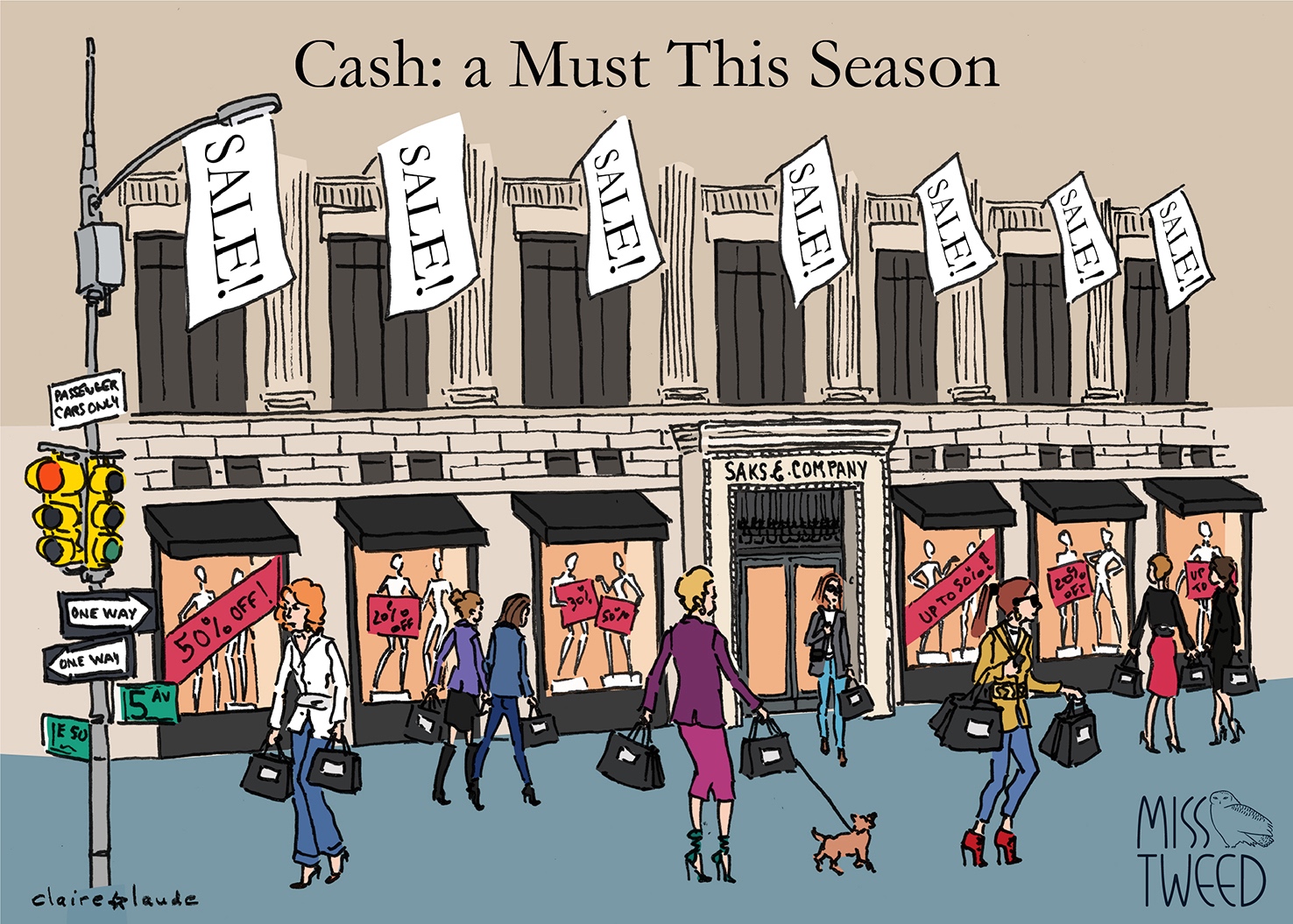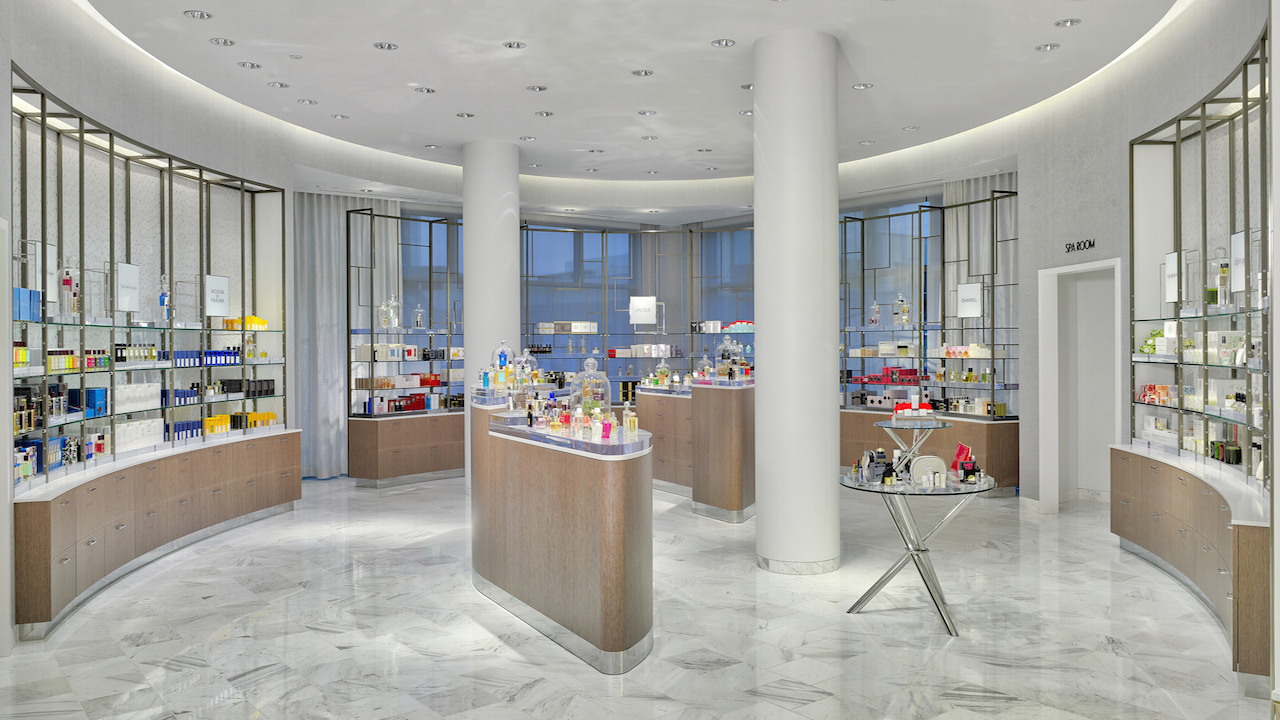Saks Fifth Avenue and Neiman Marcus Merger
Saks buys neiman marcus – In 2023, Saks Fifth Avenue acquired Neiman Marcus, creating a formidable luxury retail conglomerate. This merger was driven by several strategic considerations:
Rationale for the Acquisition
The acquisition of Neiman Marcus by Saks Fifth Avenue was primarily driven by the following factors:
- Synergies in operations: By combining their operations, Saks and Neiman Marcus can achieve significant cost savings and operational efficiencies. They can consolidate their supply chains, streamline their distribution networks, and optimize their inventory management.
- Complementary customer bases: Saks and Neiman Marcus have distinct but complementary customer bases. Saks has a strong presence in major metropolitan areas, while Neiman Marcus has a broader reach in smaller markets. By combining their customer bases, the merged company can cater to a wider range of consumers.
- Expansion of product offerings: The merger allows Saks and Neiman Marcus to expand their product offerings and provide a more comprehensive selection to their customers. Saks is known for its high-end fashion and accessories, while Neiman Marcus has a reputation for luxury home goods and beauty products.
- Enhanced competitive position: The luxury retail industry is highly competitive, and the merger between Saks and Neiman Marcus creates a more formidable competitor. The combined company will have a larger market share, greater bargaining power with suppliers, and increased brand recognition.
Challenges of the Merger
While the Saks-Neiman Marcus merger has the potential to create significant benefits, it also presents several challenges:
- Cultural integration: Merging two large companies with different cultures and operating styles can be a complex and challenging process. Saks and Neiman Marcus will need to carefully manage the integration process to avoid disruption to their businesses.
- Brand positioning: Saks and Neiman Marcus have distinct brand identities. The merged company will need to carefully navigate the challenge of maintaining the unique identities of both brands while also creating a cohesive brand strategy.
- Competition: The luxury retail industry is highly competitive, and the Saks-Neiman Marcus merger will face competition from other major players such as Nordstrom, Bergdorf Goodman, and Barney’s New York.
Impact on the Competitive Landscape
The Saks-Neiman Marcus merger is likely to have a significant impact on the competitive landscape of the luxury retail industry:
- Increased market concentration: The merger will create a more concentrated luxury retail market, with Saks and Neiman Marcus controlling a larger share of the market.
- Intensified competition: The merger will intensify competition among luxury retailers, as Saks and Neiman Marcus will be competing for a larger share of the market.
- Innovation and differentiation: The merger may also spur innovation and differentiation among luxury retailers, as they seek to differentiate themselves from Saks and Neiman Marcus.
Customer Implications of the Saks-Neiman Marcus Merger

The merger between Saks Fifth Avenue and Neiman Marcus, two iconic luxury department store chains, has significant implications for customers. Understanding these implications is crucial for businesses and consumers alike. This content explores the potential benefits and drawbacks of the merger, its impact on product offerings, loyalty programs, store experiences, and customer perception and brand loyalty.
Product Offerings, Saks buys neiman marcus
The merger is likely to result in an expanded product assortment. By combining the inventory of both stores, customers will have access to a wider range of luxury brands, designer collections, and exclusive products. This increased variety can cater to diverse customer tastes and preferences, potentially enhancing the overall shopping experience.
Future Outlook for the Combined Entity: Saks Buys Neiman Marcus

The merger of Saks Fifth Avenue and Neiman Marcus creates a formidable force in the luxury retail industry. The combined entity, with its expanded footprint and enhanced capabilities, is well-positioned for future growth and success.
The strategic direction of the combined entity is likely to focus on several key areas:
– Enhanced customer experience: The merger will allow Saks and Neiman Marcus to combine their strengths and create a more seamless and personalized customer experience across all channels. This could include initiatives such as integrated loyalty programs, omnichannel shopping capabilities, and exclusive experiences for high-value customers.
– Expansion of product offerings: The combined entity will have a broader product assortment, including a wider range of luxury brands, exclusive collaborations, and private label collections. This will allow them to cater to a more diverse customer base and meet the evolving needs of luxury shoppers.
– Growth in new markets: The merger will provide the combined entity with opportunities to expand into new markets, both domestically and internationally. This could include opening new stores in underserved areas or entering new geographic regions through partnerships or acquisitions.
– Operational efficiencies: The merger is expected to result in significant cost savings and operational efficiencies. This could be achieved through the consolidation of back-office functions, optimization of supply chain management, and leveraging economies of scale.
Potential Growth Opportunities
The combined Saks-Neiman Marcus entity has several potential growth opportunities:
– E-commerce: The luxury retail market is increasingly shifting online, and the combined entity is well-positioned to capitalize on this trend. They can leverage their combined e-commerce platforms, invest in digital marketing, and offer exclusive online experiences to drive growth.
– International expansion: The luxury market is growing rapidly in emerging markets, and the combined entity can leverage its strong brand recognition and financial resources to expand into new international markets.
– Private label and exclusive collaborations: The combined entity can develop its own private label brands and collaborate with exclusive designers to create unique and desirable products that differentiate them from competitors.
Challenges Facing the Merged Company
Despite the significant growth opportunities, the merged Saks-Neiman Marcus entity will also face some challenges:
– Competition: The luxury retail market is highly competitive, with established players such as Nordstrom, Macy’s, and online retailers such as Farfetch and Net-a-Porter. The combined entity will need to differentiate itself and compete effectively to maintain its market share.
– Economic headwinds: The luxury retail industry is cyclical and can be impacted by economic downturns. The combined entity will need to manage its costs and expenses effectively to navigate potential economic challenges.
– Integration: Merging two large organizations can be complex and challenging. The combined entity will need to successfully integrate its operations, systems, and cultures to realize the full benefits of the merger.
Long-Term Implications for the Luxury Retail Industry
The merger of Saks Fifth Avenue and Neiman Marcus will have long-term implications for the luxury retail industry:
– Consolidation: The merger is a sign of the ongoing consolidation in the luxury retail industry. As retailers face increasing competition and economic pressures, we can expect to see more mergers and acquisitions in the future.
– Increased competition: The combined Saks-Neiman Marcus entity will create a more formidable competitor in the luxury retail market. This will likely lead to increased competition for market share and customers.
– Changing consumer behavior: The luxury retail industry is being reshaped by changing consumer behavior. Shoppers are increasingly looking for personalized experiences, unique products, and sustainable practices. The combined entity will need to adapt to these changing trends to remain relevant.
Saks Fifth Avenue’s recent acquisition of Neiman Marcus has brought together two iconic luxury retailers. One of the most notable Neiman Marcus locations is its flagship store in San Francisco, Neiman Marcus San Francisco , known for its exceptional selection of designer fashion, accessories, and home goods.
The merger between Saks and Neiman Marcus is expected to further enhance the shopping experience for discerning customers seeking the finest in luxury retail.
In a bold move, Saks Fifth Avenue has acquired Neiman Marcus, merging two iconic luxury department stores. Saks’ purchase of Neiman Marcus marks a significant consolidation in the retail landscape, creating a formidable player with an expanded reach and customer base.
The combined entity promises to deliver an unparalleled shopping experience, offering a curated selection of designer brands, exclusive collaborations, and exceptional customer service. Saks buying Neiman Marcus is a strategic move that strengthens the presence of both brands and positions them for future growth in the ever-evolving retail industry.